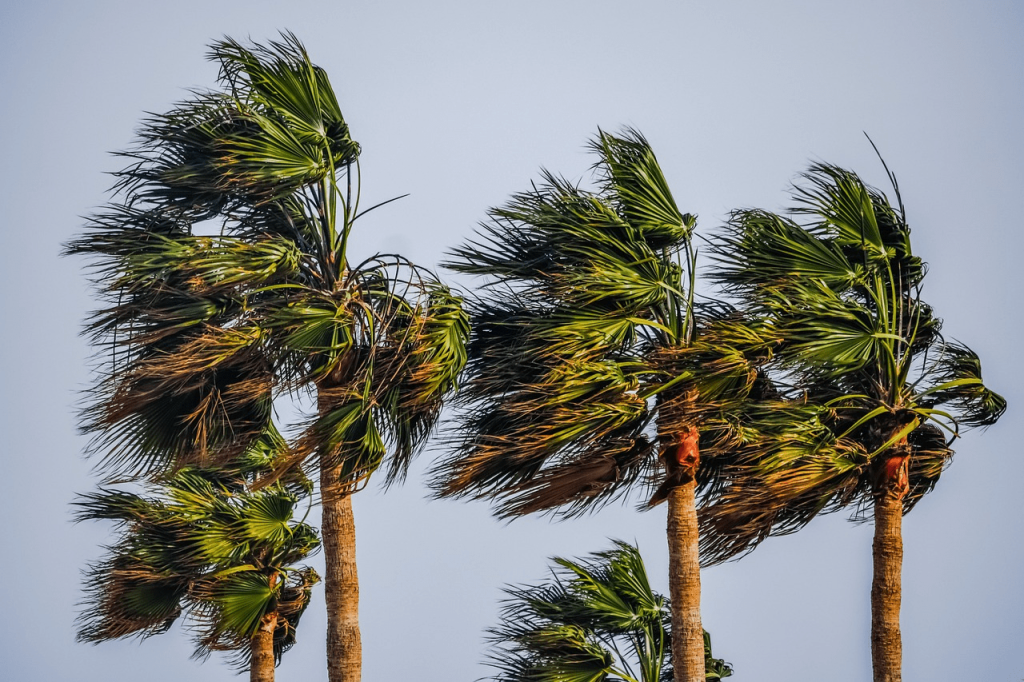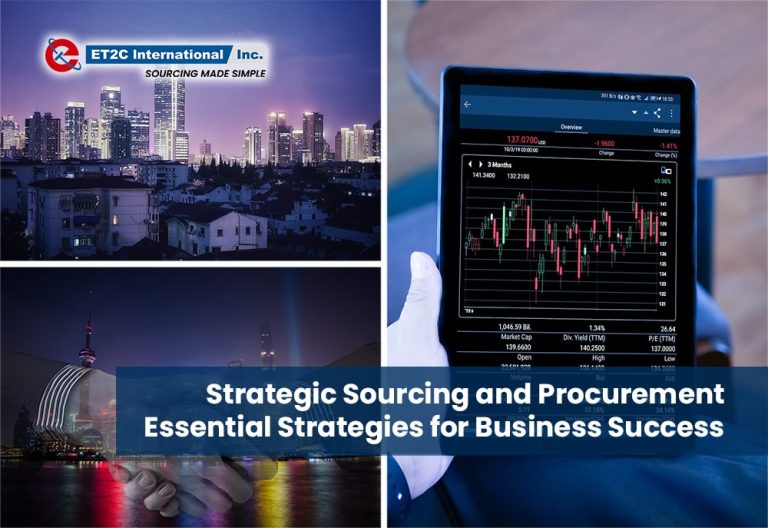
What are the likely impacts to economies and sourcing strategies of this power weather event ?
What is El Niño
The name El Nino is widely used to describe the warming of sea surface temperature that occurs every few years, typically concentrated in the central-east equatorial Pacific.
An El Niño is declared when sea temperatures in the tropical eastern Pacific rise 0.5°C above the long-term average. El Niño is felt strongly in the tropical eastern Pacific with warmer than average weather.
The effects of El Niño often peak during December; it’s name “the boy” is thought to have originated as “El Niño de Navidad“ centuries ago when Peruvian fishermen named the weather phenomenon after the new-born Christ.
“We just had the eight warmest years on record, even though we had a cooling La Niña for the past three years and this acted as a temporary brake on global temperature increase. The development of an El Niño will most likely lead to a new spike in global heating and increase the chance of breaking temperature records,” said WMO Secretary-General Prof. Petteri Taalas.

How does a weather phenomenon impact Global trade ?
While the specific impacts of El Niño on global trade can vary depending on the region and industry, there are some general effects to consider. These could impact Global Sourcing Strategies from both Supply and Demand side. Consumers may react to changing weather patterns increasing their demand for Air Con, Fans and a range of Cooling products. In areas where the effect is to increase temperature.
Supply chains for Global Sourcing could see potential issues particularly in the Panama Canal as reduced water levels slow the speed of shipping through this critical navigation way. More specifically we could see a broad range of issues developing in certain sectors:
- Agricultural Sector: El Niño can disrupt agricultural production in various parts of the world. It can lead to droughts in some regions and heavy rainfall in others, affecting crop yields and livestock production.
- Energy Sector: El Niño can impact the energy sector, particularly in regions where hydroelectric power generation is significant. The altered precipitation patterns can affect water availability for hydropower, reducing electricity generation. This can have implications for energy prices and trade in energy commodities.
- Shipping and Logistics: El Niño can disrupt maritime transportation due to altered weather conditions, including storms and increased wave heights from increase in Tropical Cyclones in the Pacific. This can result in port closures, delays in shipments, and increased transportation costs. Trade flows can be affected as a result, with potential impacts on the delivery of goods and global supply chains.
- Natural Resources and Commodities: El Niño can influence the availability and prices of various natural resources and commodities. Fishing and Arable farming can all be effected negatively by the impact of an El Niño event
- Insurance and Financial Markets: El Niño can increase the frequency and severity of extreme weather events, such as hurricanes and floods. This can have implications for insurance companies and financial markets due to increased claims and potential losses.
It’s important to note that the specific impact of El Niño on global trade can vary from event to event and is influenced by various factors such as the strength and duration of the El Niño, regional climate patterns, and the resilience and adaptability of different industries and economies.
The last significant El Niño event occurred from 2015 to 2016 and had notable impacts on global trade and economies.

According to Bloomberg Economics modelling, previous El Niños resulted in a marked impact on global inflation, adding 3.9 percentage points to non-energy commodity prices and 3.5 points to oil. They also hit growth to gross domestic product, especially in Brazil, Australia, India and other vulnerable countries.
The potential risks to supply lines from El Nino could be big enough that companies start scenario planning for the trading impacts and adjusting their Sourcing strategies. Ensuring they can make early adjustments in their Sourcing strategies and supply chain management.
ET2C are a leading Global Sourcing Company, working with our clients for over 20 years to Make Global Sourcing Simple. We have over 250 colleagues based in seven offices across the globe to give you feet on the ground and become your bridge to your sourcing markets.
To discuss Global Sourcing strategies or Asia or China Sourcing please get in touch at contact@et2cint.com







